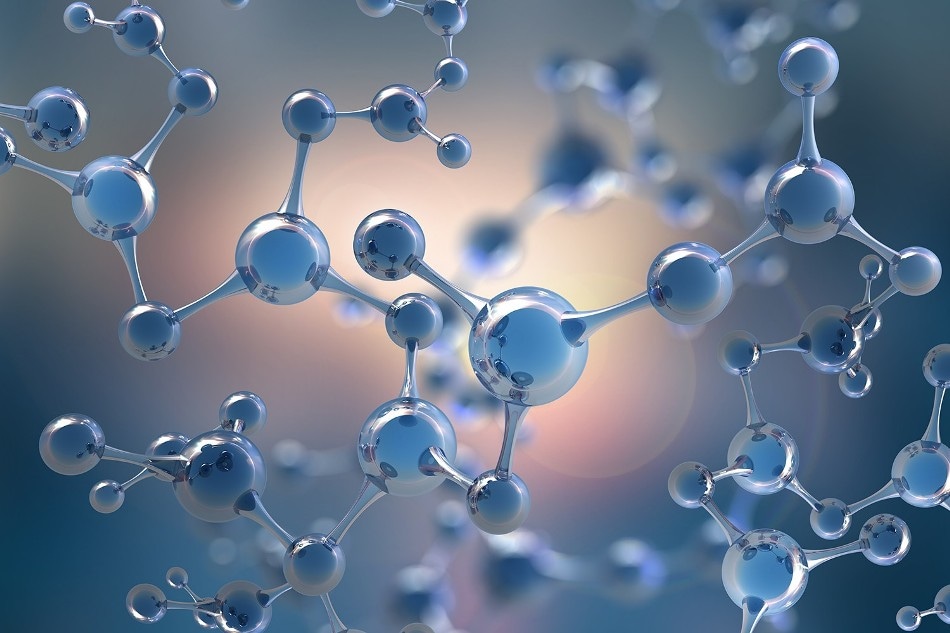Dec 17 2019
Despite the rising popularity of nanotechnology, the risk assessment for nanoparticles is an arduous process that poses considerable difficulties to the German Federal Institute for Risk Assessment (BfR).

Image Credit: Siarhei_AdobeStock.
To determine more efficient test techniques, a research team, including scientists from BfR and the Helmholtz Centre for Environmental Research (UFZ), closely examined the biological impacts of nanomaterials. The results of the study have been published in the Particle and Fibre Toxicology journal.
Nanomaterials are used in many applications, ranging from construction materials to dyes, and from medicine to electronics and cosmetic products. They can be found in various different applications, but the nature of these materials is not known.
Nanomaterials are defined purely by their size. Materials between one and 100 nanometres in size are referred to as a nanomaterial.
Dr Kristin Schubert, Department of Molecular Systems Biology, Helmholtz Centre for Environmental Research
To help visualize the tiny size of nanomaterials, 1 nm is only one-millionth of a millimeter. As nanomaterials are very tiny, they can easily penetrate the body—for instance, via the gastrointestinal tract, skin, and lungs where they can lead to adverse impacts.
Similar to traditional chemicals, nanomaterials should also be tested for possible health hazards before they are produced, used, and commercialized at the industrial level.
Each nanomaterial is now being tested individually. Moreover, individual tests are required for each nanomaterial variant because even the tiniest changes—for instance, in surface or size properties—can impact toxicity.
Risk assessment for nanomaterials is sometimes difficult and very time-consuming. And the list of substances to be tested is getting longer every day, because nanotechnology is growing to become a key technology with wide-ranging applications. We therefore urgently need to find solutions for more efficient risk assessment.
Dr Andrea Haase, German Federal Institute for Risk Assessment
But how to suitably classify the nanomaterials into groups? Do their effects have similarities? And what properties of materials are related to these effects? In the new study, the BfR and UFZ researchers, as well as industry representatives, collaborated to answer these questions.
“We focused on the biological effects and examined which molecules and signalling pathways in the cell are influenced by which types of nanomaterials,” added Schubert.
The researchers performed in vitro experiments, where they exposed the epithelial cells found in rats’ lungs to different types of nanomaterials and then observed for changes inside the cells. To accomplish this task, the researchers utilized the so-called multi-omics techniques—they first detected various amino acids and lipids as well as several thousand cell proteins, and analyzed significant signaling pathways inside the cell.
Then, with the help of an innovative bioinformatic analysis method, they assessed large amounts of data and reached some fascinating results.
We were able to show that nanomaterials with toxic effects initially trigger oxidative stress and that in the process certain proteins are up- or down-regulated in the cell. In future, these key molecules could serve as biomarkers to detect and provide evidence of potential toxic effects of nanomaterials quickly and effectively.
Dr Kristin Schubert, Department of Molecular Systems Biology, Helmholtz Centre for Environmental Research
If the nanomaterial has high levels of toxicity, it results in increased oxidative stress. This is followed by the development of inflammatory processes, and the cell dies after a specific point.
“We now have a better understanding of how nanomaterials affect the cell,” added Haase. “And with the help of biomarkers we can now also detect much lower toxic effects than previously possible.”
In addition, the scientists detected distinct links between changes in the cellular metabolism and specific properties of nanomaterials.
“For example, we were able to show that nanomaterials with a large surface area affect the cell quite differently from those with a small surface area,” added Schubert.
It will be very useful to know the type of parameters that play a major role in toxic effects. It implies that nanomaterials can be improved at the time of the manufacturing process, for instance, via small changes, thereby reducing the harmful effects.
“Our study has taken us several large steps forward,” stated Schubert. “For the first time, we have extensively analysed the biological mechanisms underlying the toxic effects, classified nanomaterials into groups based on their biological effects and identified key biomarkers for novel test methods.”
Andrea Haase from BfR is more than happy: “The results are important for future work. They will contribute to new concepts for the efficient, reliable risk assessment of nanomaterials and set the direction in which we need to go.”